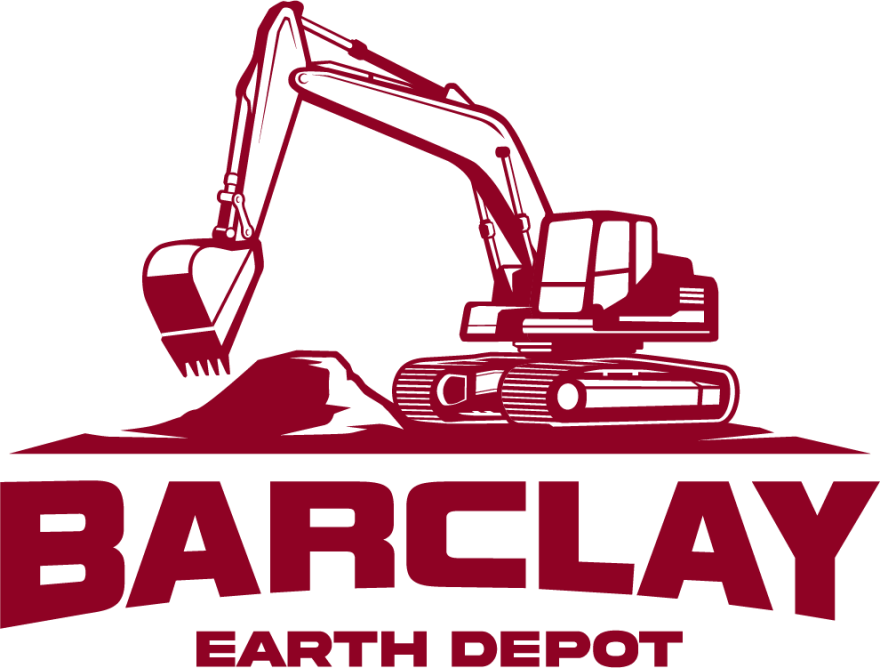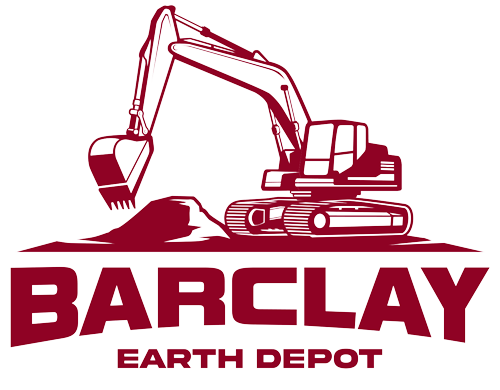 Essential Takeaways
Essential Takeaways
- Find your project’s volume in cubic meters: Length x Width x Depth
- Convert cubic meters to tons by multiplying by 1.5, the general average for standard aggregates.
- Always order 5-10% extra material to account for compaction, settlement, and uneven ground.
- Different aggregate types and applications require different depth recommendations.
- Working with an experienced aggregate supplier secures that you get accurate calculations and quality materials.
When you start a driveway installation, foundation base, or outdoor project, ordering the correct amount of aggregate prevents costly delays and wasted funds. Too little means your work stops mid-project while you wait for more material, whereas too much leaves you with expensive surplus taking up space on your property. An experienced aggregate supplier can verify your numbers and recommend adjustments based on your application.
That’s why comprehending how to estimate aggregate quantities for your specific project takes the guesswork out of ordering. You need a straightforward calculation method that accounts for your project dimensions and the material characteristics.
Calculate Your Project Volume First
To begin your estimation, measure your project area in meters. You need three measurements: length, width, and depth. Multiply these numbers together to find your total volume in cubic meters.
For example, a patio measuring 4 meters by 3 meters with a 100mm base layer requires converting the depth to meters first (0.1m). Then multiply 4 × 3 × 0.1 to get 1.2 cubic meters. This basic formula works for rectangular areas of any size.
But circular areas require a different approach. Multiply 3.14 by the radius squared (radius times radius). If your circular feature has a 4-meter radius, calculate 3.14 × 16 to get 50.24 square meters of surface area. Then multiply by your depth in meters.
Convert Cubic Meters to Tons for Ordering
Once you’ve calculated your volume, the next step is to convert it to weight for ordering purposes. Most aggregate suppliers price and deliver materials by weight in tons rather than volume. Standard aggregates weigh approximately 1.5 tons per cubic meter, though this differs slightly based on the type of material and its moisture content.
Take your cubic meter calculation and multiply by 1.5 to get tons. For instance, that 1.2 cubic meter patio base needs 1.8 tons of material. A larger driveway measuring 10 meters by 3 meters with a 50mm decorative layer calculates to 1.5 cubic meters, which equals 2.25 tons.
Sand and gravel typically weigh 1.4 to 1.7 tons per cubic meter. Your aggregate supplier can provide exact conversion factors for the specific materials you order.
Account for Compaction and Add Extra Material
 Beyond your basic volume calculations, aggregate compacts and settles after installation, especially when vehicles or foot traffic apply pressure. In addition, the material fills minor irregularities in your base surface. Thus, you’ll need more aggregate than your basic calculation suggests.
Beyond your basic volume calculations, aggregate compacts and settles after installation, especially when vehicles or foot traffic apply pressure. In addition, the material fills minor irregularities in your base surface. Thus, you’ll need more aggregate than your basic calculation suggests.
So, round up your final number by 5-10% to cover compaction and settling. Uneven ground surfaces require the higher end of this range. A calculation showing 2.25 tons should become an order for 2.5 tons for complete coverage.
However, the adjustment works differently for concrete applications. Multiply your wet concrete volume by 1.54 to account for how dry materials bulk up and shrink during mixing. This larger conversion factor reflects the significant volume changes when you combine cement, sand, and aggregate with water.
Match Aggregate Depth to Your Application
Different projects need different aggregate depths to perform correctly. Light-use areas, such as garden paths or patios, perform well with 50-100mm of base material. You might add another 30-40mm of decorative stone on top.
Driveways handling regular vehicle traffic, on the other hand, need more substantial bases. A 150mm layer of compacted aggregate provides adequate support for cars and light trucks. This typically consists of a 100mm structural base topped with 50mm of surface material.
Heavy-duty applications supporting delivery vehicles or equipment require even more, usually 250mm or more of aggregate in multiple compacted layers. Each layer should compact to the specified density before you add the next.
Choose Materials That Match Your Project Requirements
The type of aggregate you select matters as much as the quantity. Coarse aggregates work best for structural applications and drainage. These larger stones create stable bases that resist shifting under load, whereas fine aggregates fill gaps and create smooth surfaces for pavers or decorative finishes.
Graded aggregates contain a mix of particle sizes that lock together when compacted, producing maximum stability for driveways and foundations. Single-size aggregates, by contrast, allow water to flow freely, making them better for drainage applications.
Your aggregate supplier stocks different materials suited to specific uses. Crushed stone provides angular surfaces that interlock well, while rounded gravel offers good drainage but less structural stability. Knowing your application helps you select the right material type and size.
Verify Your Calculations Before Ordering
 Before placing your order, double-check your measurements and math. Measure your project area twice to catch errors. Walk through the calculation steps again to verify your volume and weight conversions.
Before placing your order, double-check your measurements and math. Measure your project area twice to catch errors. Walk through the calculation steps again to verify your volume and weight conversions.
In addition, discuss your project with your aggregate supplier before finalizing your order. Experienced suppliers spot potential issues with quantities or material selection. They account for local conditions and material characteristics that affect your final needs.
When planning your order, also consider site access and material storage. Make sure delivery trucks can reach your project location. If your project has multiple phases, arrange adequate space to stockpile materials.
Book Florida’s Top Aggregate Supplier
As you can see, accurate aggregate estimation protects your project timeline and budget while ensuring that you have enough material to complete quality work. The right calculations matched with quality aggregates from an experienced supplier set your project up for success.
Barclay Earth Depot has supplied quality aggregate materials across Florida since 2007, backed by 80 years of combined excavation experience from our team of professionals. We help you calculate your project needs and recommend the best materials for your application. Contact us today at (941) WE-DIG-IT or online to discuss your aggregate needs.

